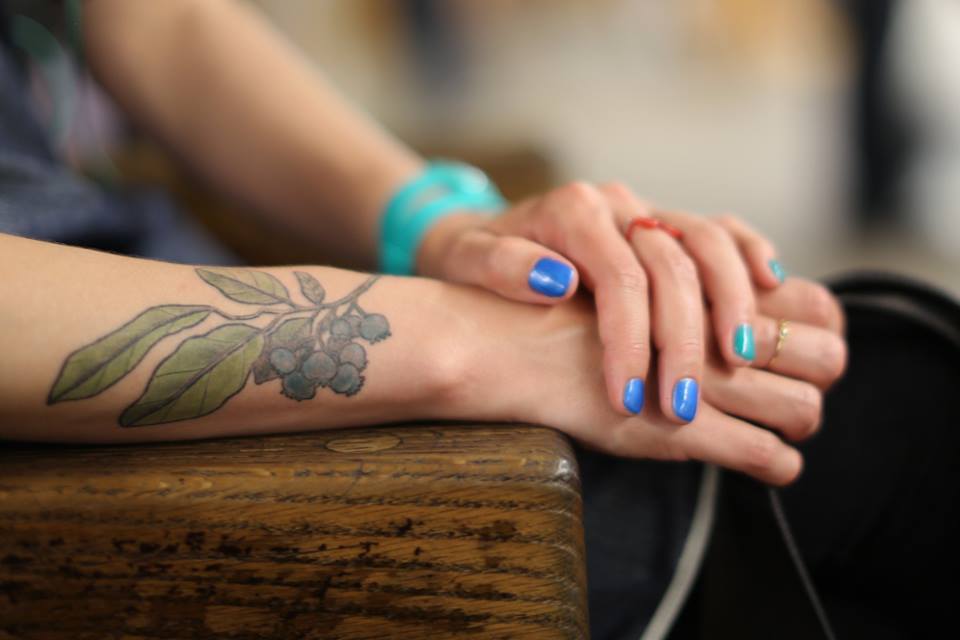Yesterday, most of our ASTU class either participated in, or observed, many fantastic presentations done by fellow CAP students in the CAP Conference. There were many presentations on the idea of identity, however the one that stuck out the most to me was “Avatar: The Bending of a Traditional Narrative” by Law & Society students Vanessa Chan, Caroline Cassinelli, Niki Lonstantinovic and Melissa Tan. They analyzed the ideas behind the Nickelodeon show Avatar: The Last Airbender, which ran from 2005 – 2008. They identified the importance of a character with disabilities, rather than a disabled character, and they broke feminine stereotypes of weakness and a lack of strength with the four coolest and totally awesome female characters I’ve ever seen. Growing up watching Avatar, I was immediately captivated by what they had to say, and it was so exciting for me to be able to reanalyze the show with my newfound perspective (to be clear I didn’t re watch it all). Now, I could go on for days about Avatar, but for now I’m going to touch on one character that I felt the group didn’t give much, well any, credit to.
Sokka, Katara’s brother, is the one of the other main characters, along with his girlfriend/major badass Suki, that has no bending abilities. In his first episode. He is portrayed with a slight ignorance and lack of acceptance towards those with bending abilities, even towards his own sister, who later becomes one of the greatest water benders in the four nations. However, I find that as he and the rest of the characters grow, Sokka has much more to offer than simply his witty humor. Right from the beginning, we know that he strives to be a leader both in his tribe and with his friends. He keeps the idea of hope and strength alive when the gang needs it most, and is constantly there to push any ‘manly’ stereotypes aside by making new ones. Sokka holds the key representation of intellect through his strength, leadership, and wisdom. He portrays strength in leadership while also allowing emotion to be a clear part of his character. He pushes away the idea of the modern ideas of strength and weakness, by using his compassion and knowledge as his strengths as a leader and as a man rather than brutality, force and a lack of empathy which is often times the used as the portrayal of strong male characters.
He is also given, like every important character, a set of obstacles to over come. Throughout the series, Sokka is constantly plagued by the need to please his father. He struggles to make decisions that he thinks are the right thing to do, rather than decisions he thinks his father would think are right. As he works to find belief in himself, he as like the others, has his ups and downs. He is one of the characters that most clearly learns from his mistakes. At one point, he is unsure of Katara’s abilities, and doesn’t fight it when she is told that she can only be a healer, which is all that women waterbenders were trained to do. It isn’t until Katara stands up for herself and leads Sokka in the right direction that he sees how degrading that tradition had been. Many times when he is unsure of a situation, he accepts his mistakes and learns from them, proving once again the importance of acceptance and not being afraid to make mistakes. It’s important to always remember that, as Uncle Iroh says, “while it is always best to believe in one’s self, a little help from others can be a great blessing.”



